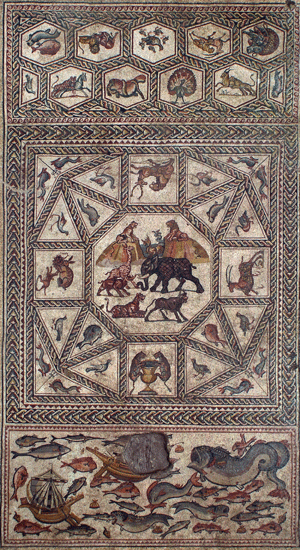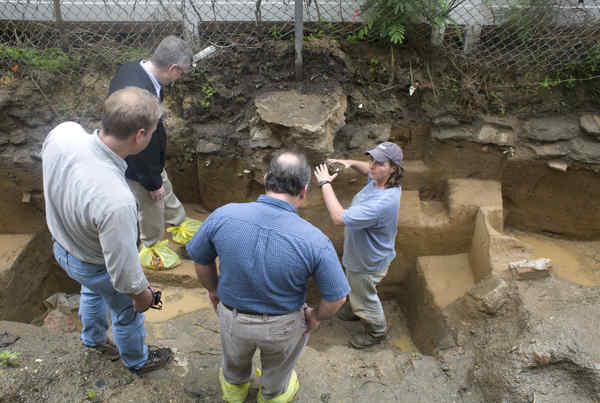Today is the 291st anniversary of the marriage of my 7th great-grandparents, Mercy Dean and
Ebenezer Seely. Mercy and Ebenezer were married 22 January 1718 in Stamford, Fairfield, Connecticut, USA.
View Larger MapMercy was born in about 1700 in Stamford. Ebenezer was born 18 January 1697, also in Stamford, the second son (of four) and fourth child (of six) of Jonas and Mary (Wicks) Seely. Mercy and Ebenezer had thirteen children, three daughters and ten sons. Mercy died about 1744 in New Canaan, Connecticut. Ebenezer died 07 March 1767 in Goshen, Orange, New York, USA.
My descent from Mercy and Ebenezer is:
Mercy Dean + Ebenezer Seely
|
Jonas Seely + Sarah Bartlett
|
Joseph Seely + Elizabeth Haines
|
William Gedney Seely + Hannah Ferris
|
Joseph Seely + Caroline S. Richards
|
Adda R. Seely + Lewis C. Hayes
|
Harriett Hayes + Thomas Francis Hayes
|
Mary Eileen Hayes + Benedict Aloysius Roddy
|
My Mother + My Father
|
Me
Today is also the 213th anniversary of the marriage of my 5th great-grandparents, Rosanna Hanbach and
James Lowe. Rosanna and James were married 22 January 1796 in Fauquier County, Virginia.
View Larger MapRosanna was born in 1776 in Pennsylvania, the second daughter (of three) and third child (of six), of John and Mary (Huffman) Hanback. James was born 05 January 1755 in Kirk, Scotland, UK, a son of John Lowe. Rosanna and James had eleven children, six daughters and five sons. James died in about 1814 in Monroe County, Ohio. Rosanna died in about 1850 in Morgan County, Ohio.
My descent from Rosanna and James is:
Rosanna Hanbach + James Lowe
|
Jonathan Lowe + Hannah Ayles
|
Elizabeth S. Lowe + Jonathan Walker
|
Sarah Jane Walker + Andrew D. Fleming
|
Rena Belle Fleming + James Eldridge Needs
|
Freda Irene Needs + Harry Frederick Schoen
|
My Father + My Mother
|
Me





































.jpg)
.jpg)
.jpg)
.jpg)
.jpg)







